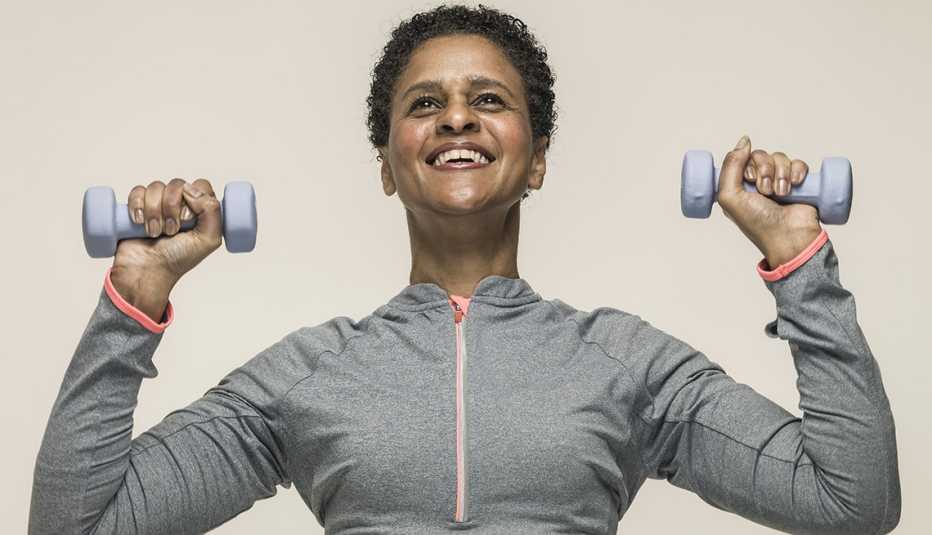Staying Fit
You may have heard that the hardest step in a new fitness program is the first one. But we now know the first step is the easiest — we've taken that one step dozens of times, and we bet you have, too. No, it's the 10th, 11th or 53rd step that's really tough. Stumble here, we've found, and you're even less likely to start again, because life is full of obstacles to our best intentions. Catch the flu, take a cruise or deal with a few weeks of crazy at work — and we find ourselves heading for the lattes instead of the Pilates.
Here, we offer you three simple steps to a fit life, along with easy-to-follow tips on how to get started, keep moving and make it a habit.


AARP Membership— $12 for your first year when you sign up for Automatic Renewal
Get instant access to members-only products and hundreds of discounts, a free second membership, and a subscription to AARP the Magazine.
1. GET STARTED
Schedule a wake-up call
Use an alarm clock to wake yourself, but set your coffeemaker for the same time: The smell of coffee brewing will help motivate you to get up and get moving. What's more, coffee not only improves your mood and the chances you'll get out the door, but also makes you burn up to 15 percent more calories for three hours after exercise, and boosts endurance, too.
Be a spin master
Don't know where to start? Consider taking a spin class. The camaraderie and music can make you forget you're working out, and you can control how hard you work, allowing you to ease in, says Shannon Colavecchio, CEO of Badass Fitness in Tallahassee, Florida. Another way in: Try the "AARP 15-Minute Workout" below, followed by the "World's Best Stretch" video.

































































